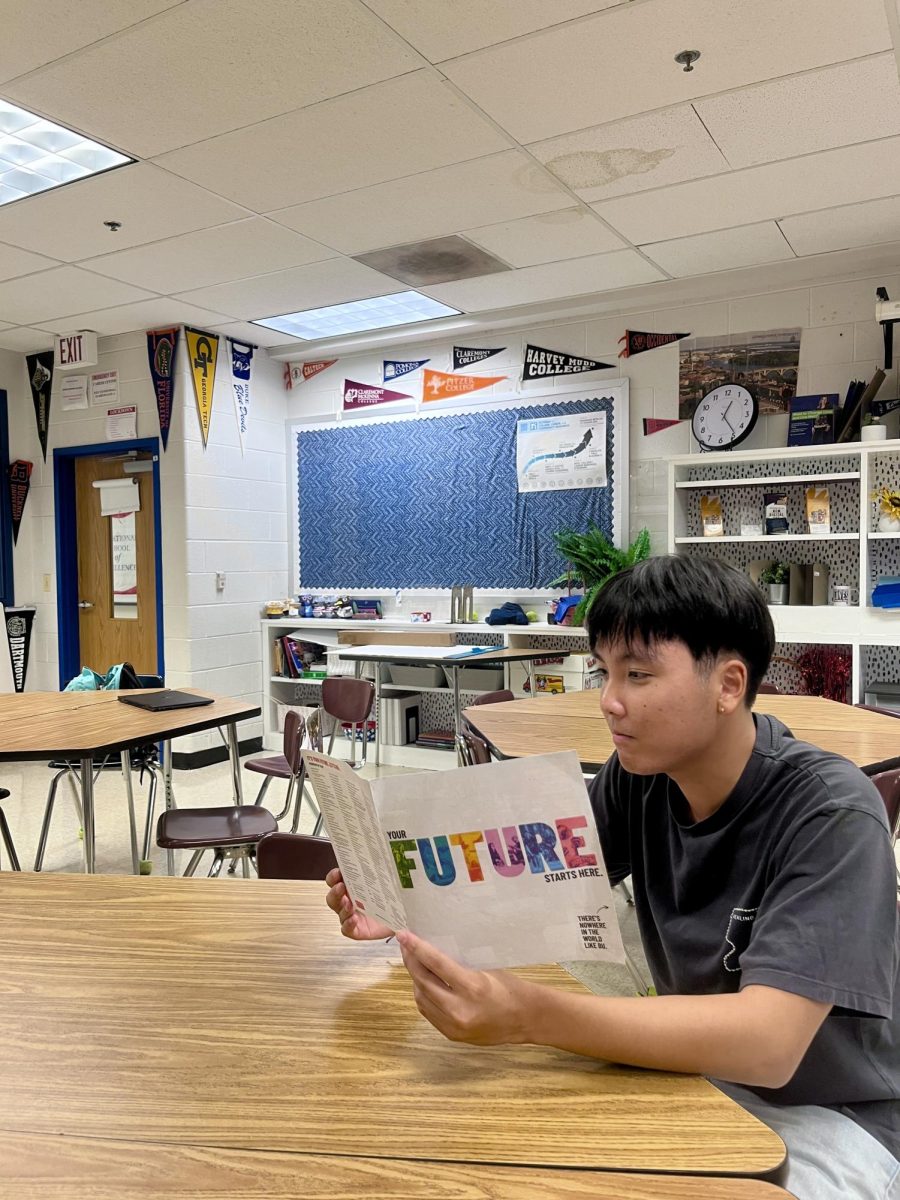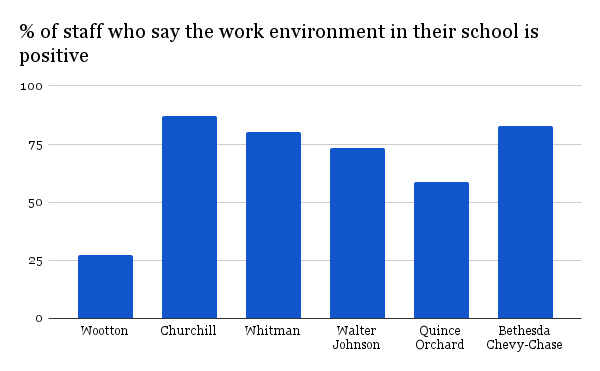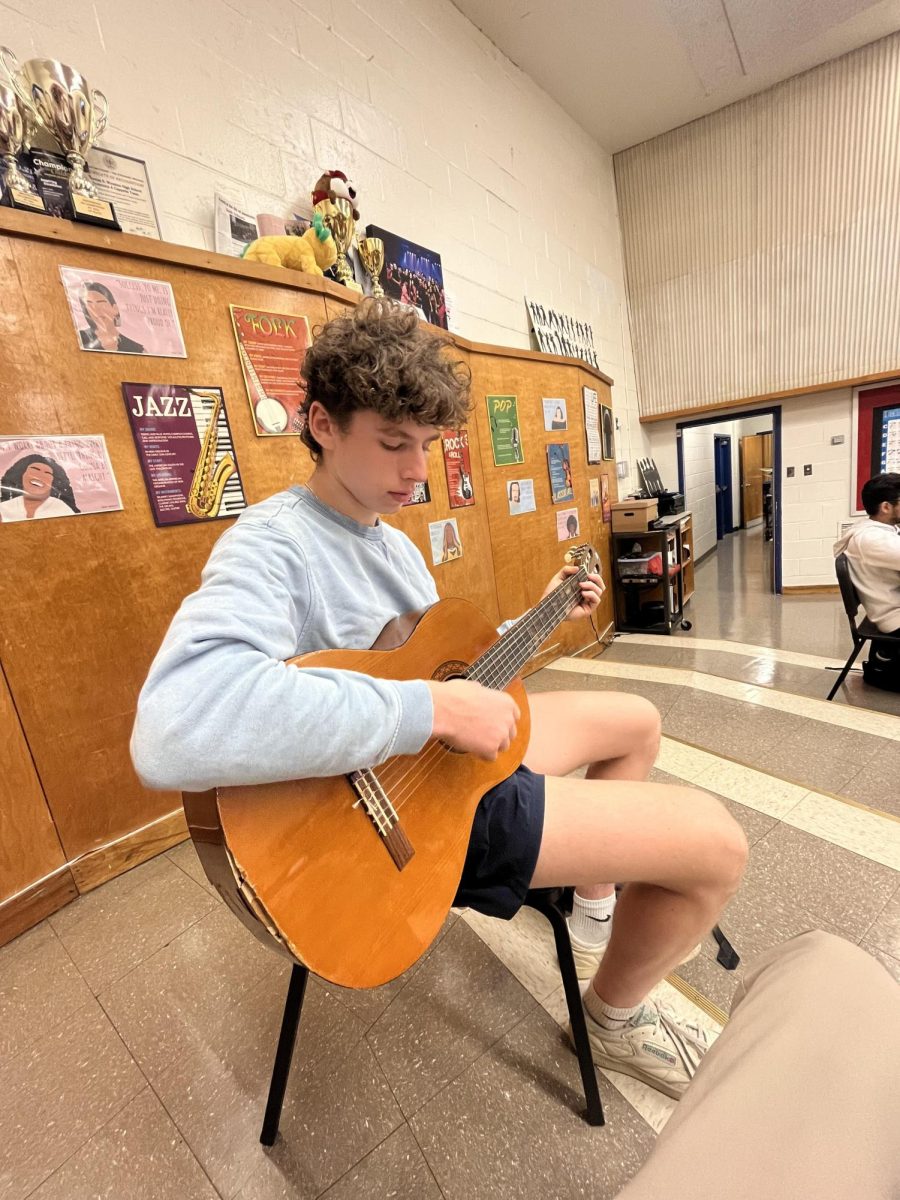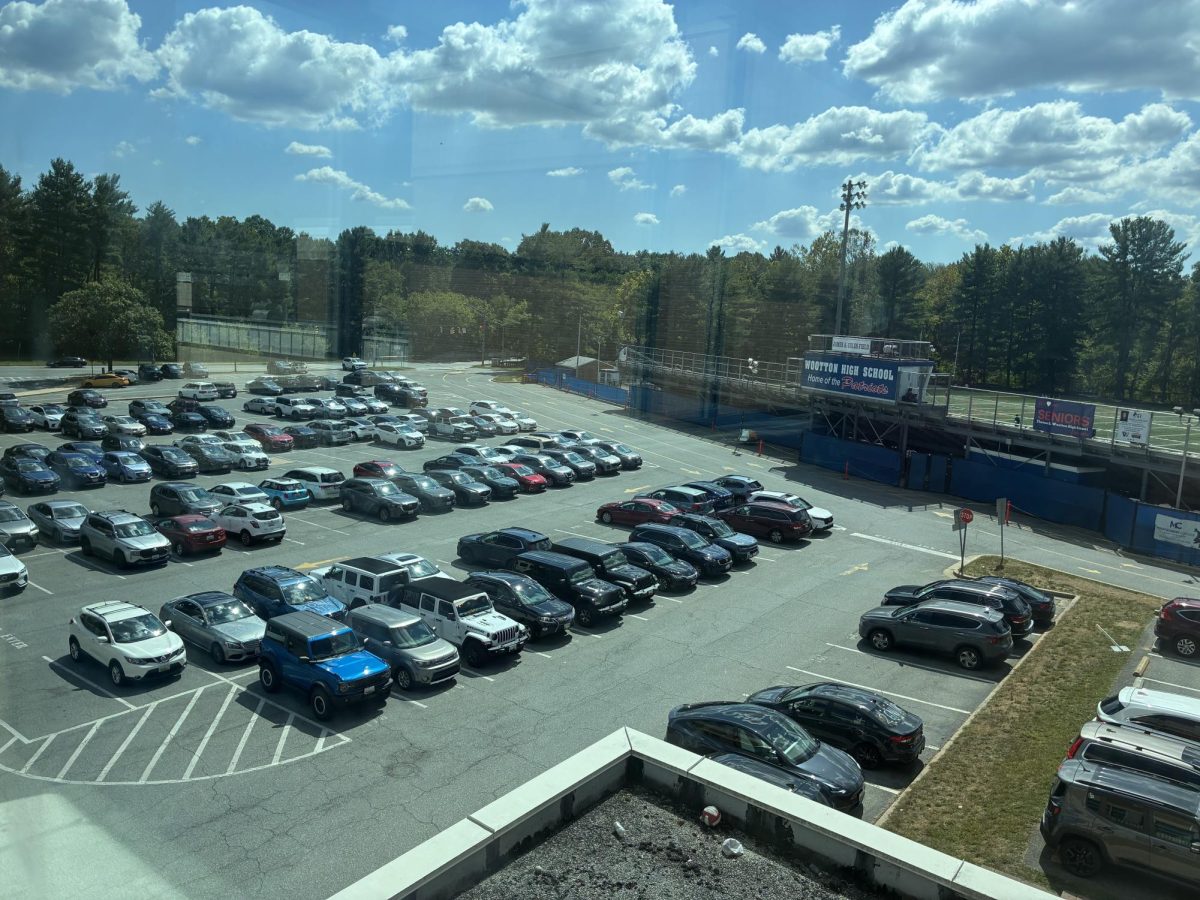You see your teacher tense up as an administrator quietly enters the room. The class vibe begins to change. The administrator sits in the back of the class with a clipboard in hand. After 10 to 15 minutes, the administrator leaves as swiftly and discreetly as they entered. The class might try to refocus, but a question lingers: What was the administrator doing there?
Although these visits may appear ominous to students, administrator observations are commonplace. Each school academic department also has a resource teacher who conducts teacher observations. “All teachers are evaluated through what’s called ‘professional growth system’. The purpose of that evaluation is to provide feedback and support them on their growth,” administrator David O’Shell said.
This system can be beneficial for teachers, especially those new to teaching. “My first year teaching I struggled. I taught eighth grade and sixth grade and it was tough but I had a good head of the department who supported me. That was primarily through classroom observations,” O’Shell said.
There are two types of observations: formal and informal. Informal observations are generally 15 to 20 minutes long, while formal observations need to be at least 30 minutes long. “Essentially what you’re doing is observing, taking notes on what is happening in the class and then you meet with the teacher and provide them with feedback,” O’Shell said.
Another difference between formal and informal observations is the teacher’s level of preparedness for the visit. “For a formal observation, teachers know in advance but for an informal observation there is typically no advanced notice given,” English teacher Amani Elkassabany said.
Having a supervisor sit in on a class can be unsettling for teachers. “With an administrator I think the intention is to be supportive. However, at times it can feel like the presence of the administrator, especially if it’s unannounced, can feel somewhat surprising and can cause anxiety,” Elkassabany said.
It is understood by teachers that the administrator is looking to ensure the teacher is meeting educational standards so the observations can change the way a teacher approaches their class on that day. “Since I’ve gone through it so many times, it doesn’t influence me as much because I’m more used to it. But I’m very aware that the administrators are scrutinizing certain aspects of my teaching and that I need to be very intentional about demonstrating that I’m doing what they’re looking for,” Elkassabany said.
Teachers aren’t the only ones affected: Students can sense a change in the classroom environment when an observation is happening. “I think the weight of the class kind of shifts because it feels more serious. I feel like teachers are a lot more serious when an administrator is watching because they want to look good in front of them,” senior Logan Lacy said.
Overall, the perception of classroom observations vary from teacher to administrator to student. But the intention is positive and the process is designed to improve the function of the school. “I think it’s important to build trust, that’s part of my job. I don’t want them to think I’m in there because they are doing something wrong but that I’m in there because I want to support them,” O’Shell said.


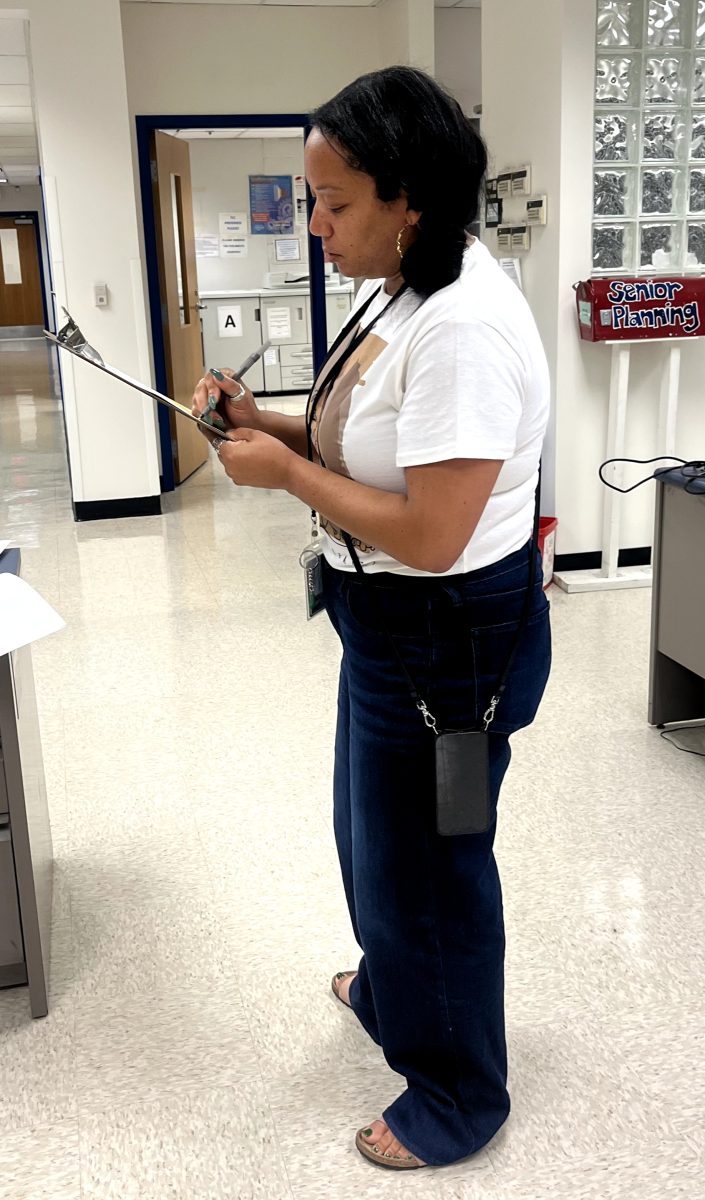
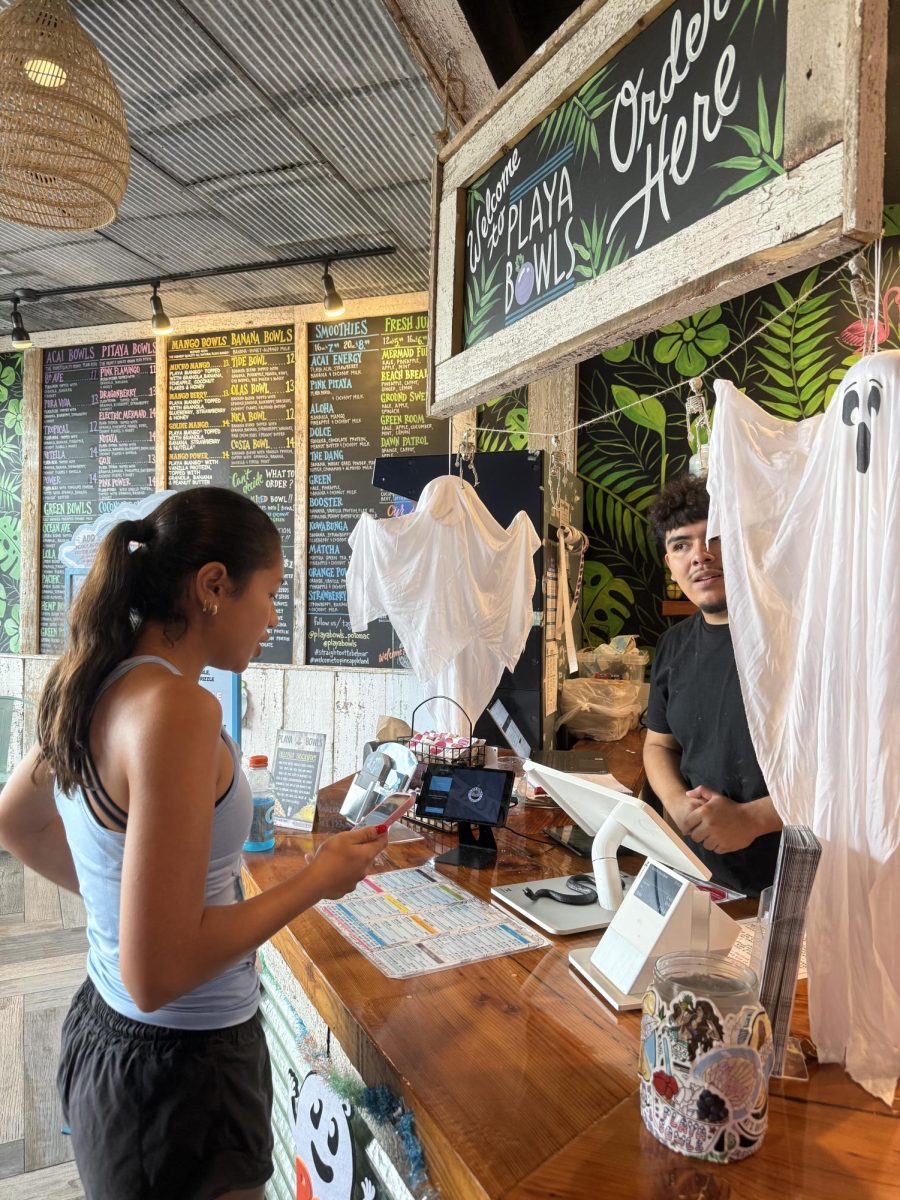
![Editors-in-Chief Ahmed Ibrahim, Helen Manolis, Cameron Cowen, Alex Grainger, Emory Scofield, Hayley Gottesman, Rebekah Buchman and Marley Hoffman create the first print magazine of the year during the October press days. “Only a quarter of the schools in MCPS have programs that are like ours, a thriving, robust program. That makes me really sad. This is not just good for [the student journalists] to be doing this, it’s good for the entire community. What [student journalists] provide to the community is a faith in journalism and that continues for their lifetimes," Starr said.](https://woottoncommonsense.com/wp-content/uploads/2025/10/wmpoFTZkCPiVA3YXA4tnGoSsZ4KmnKYBIfr18p3l-900x1200.jpg)
